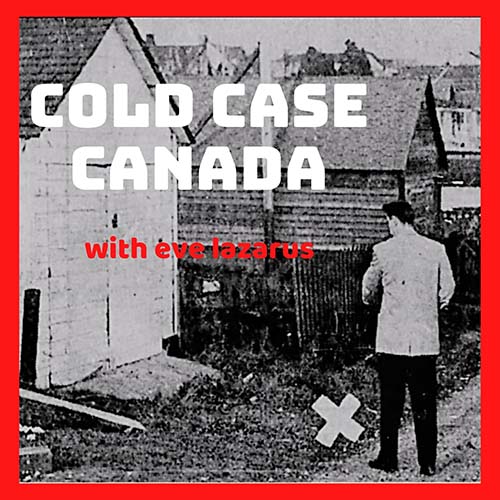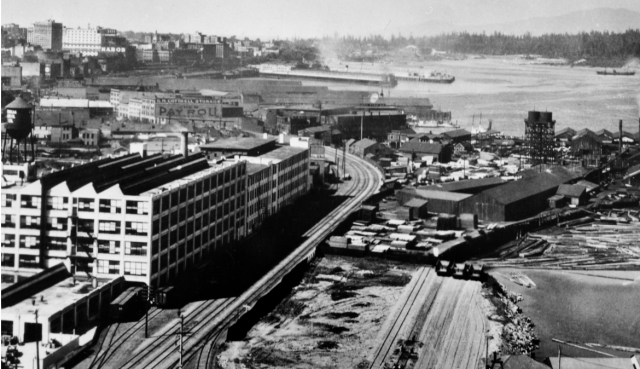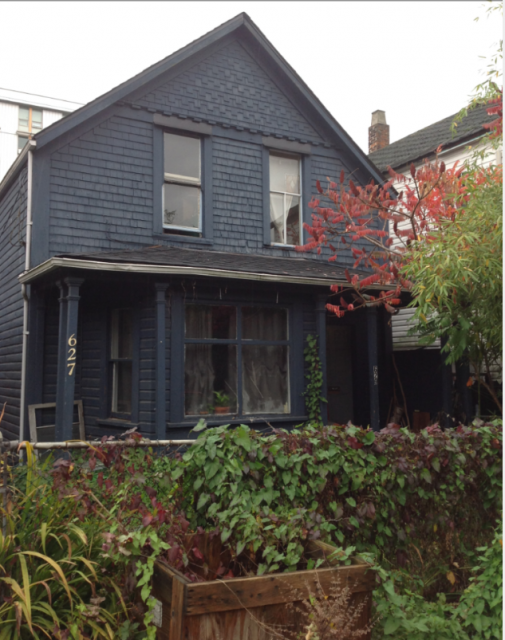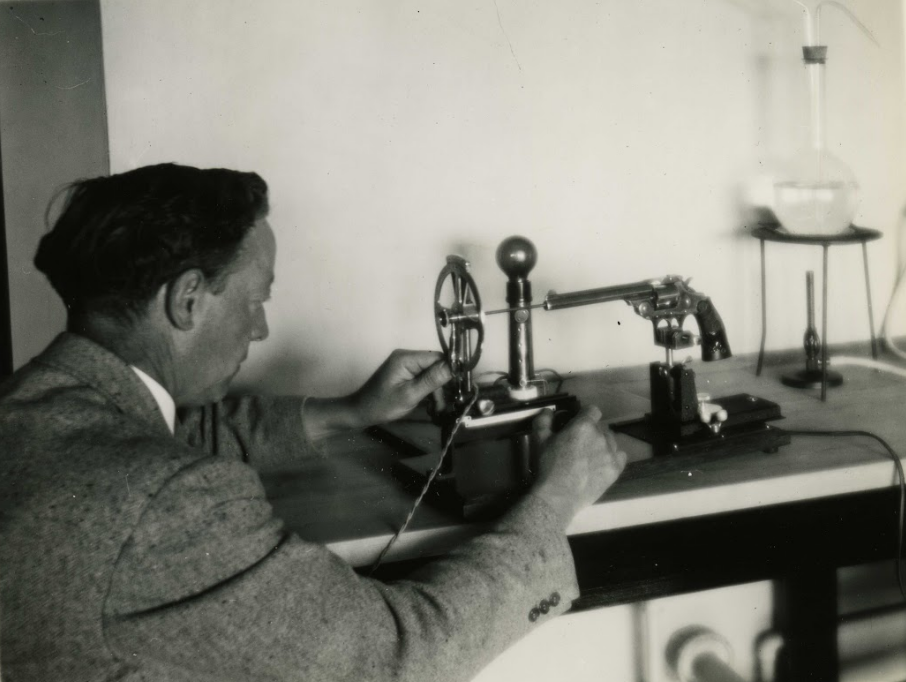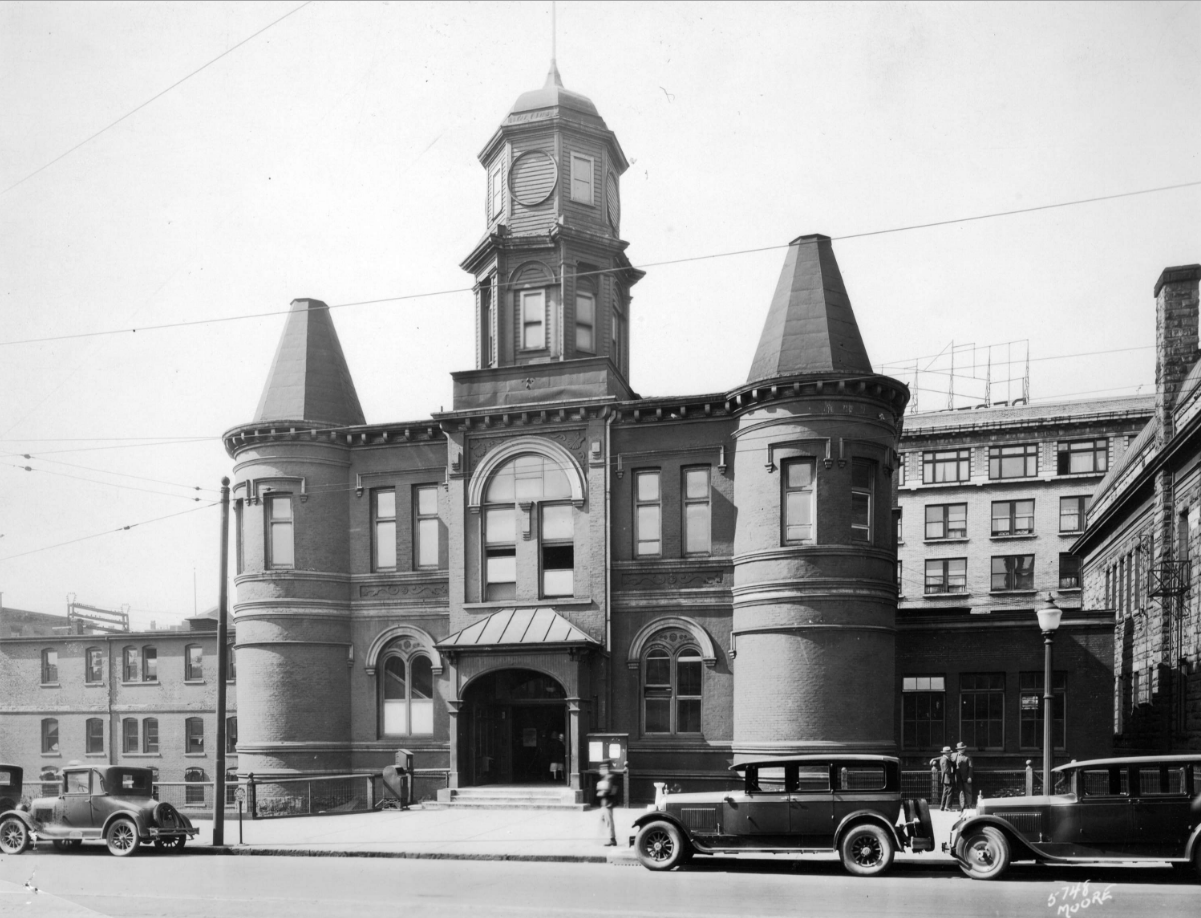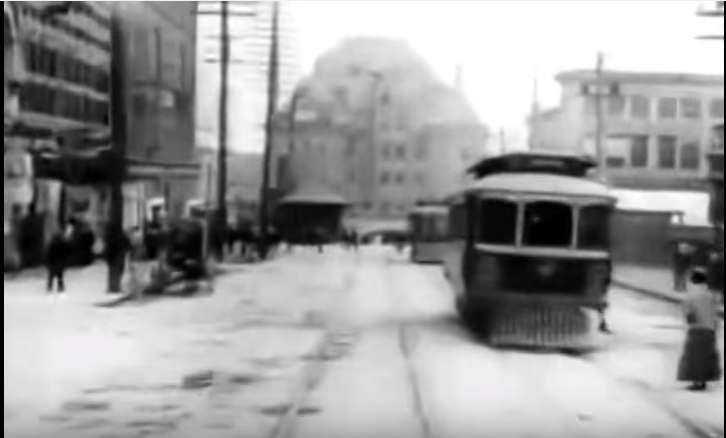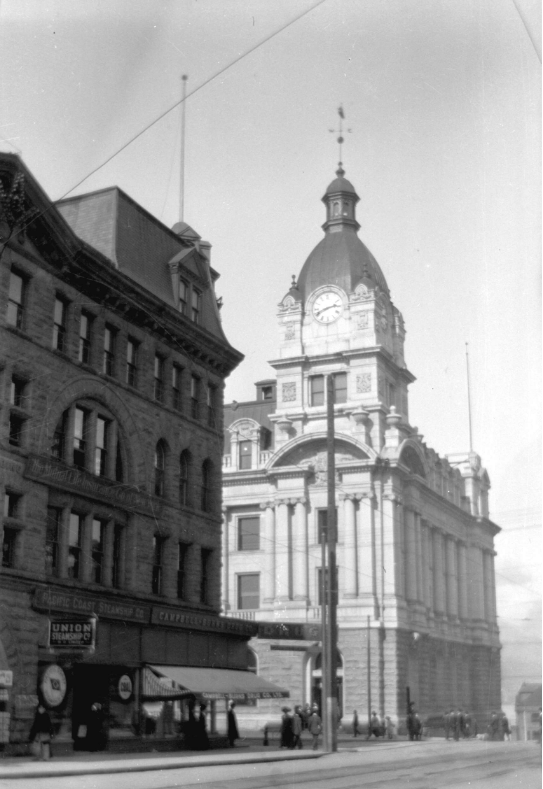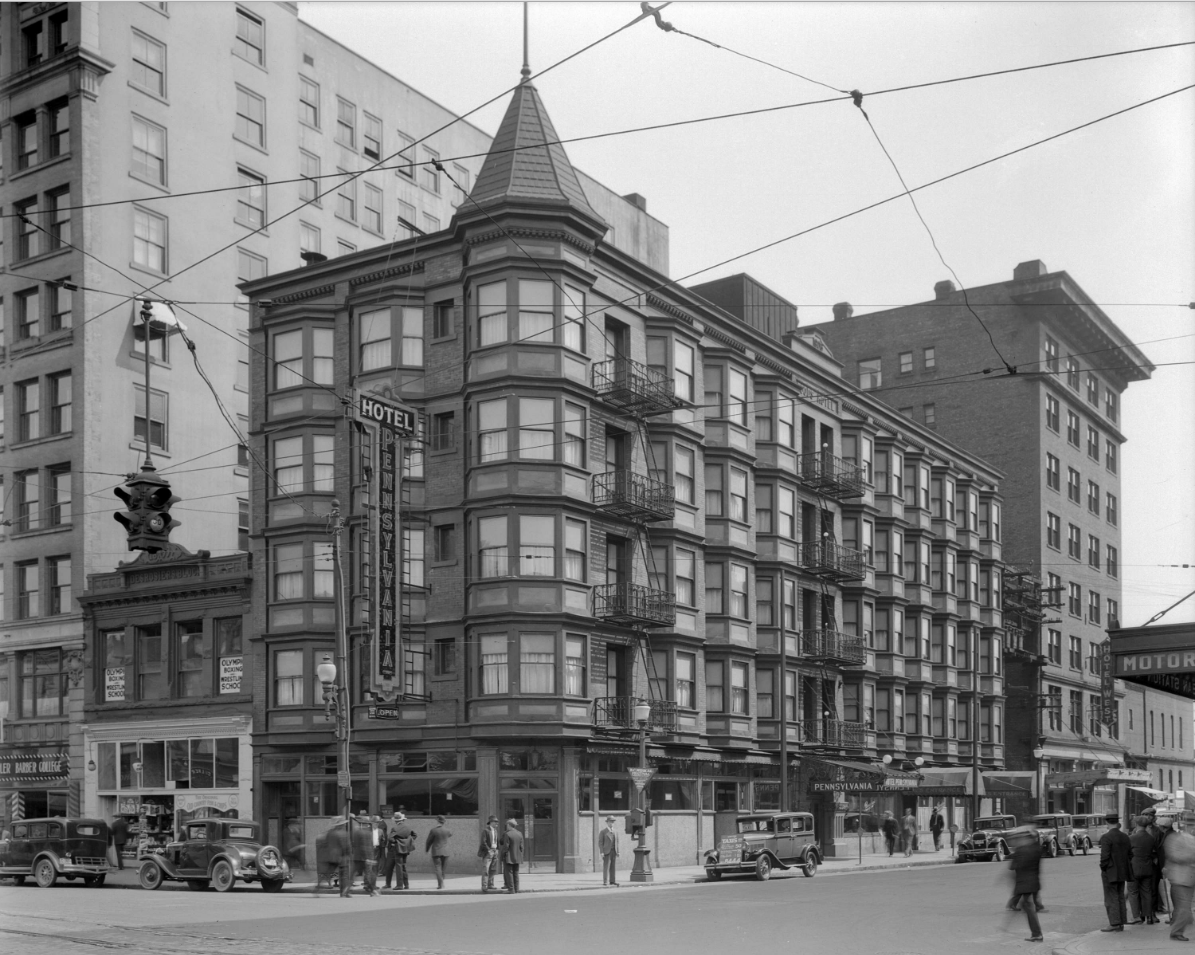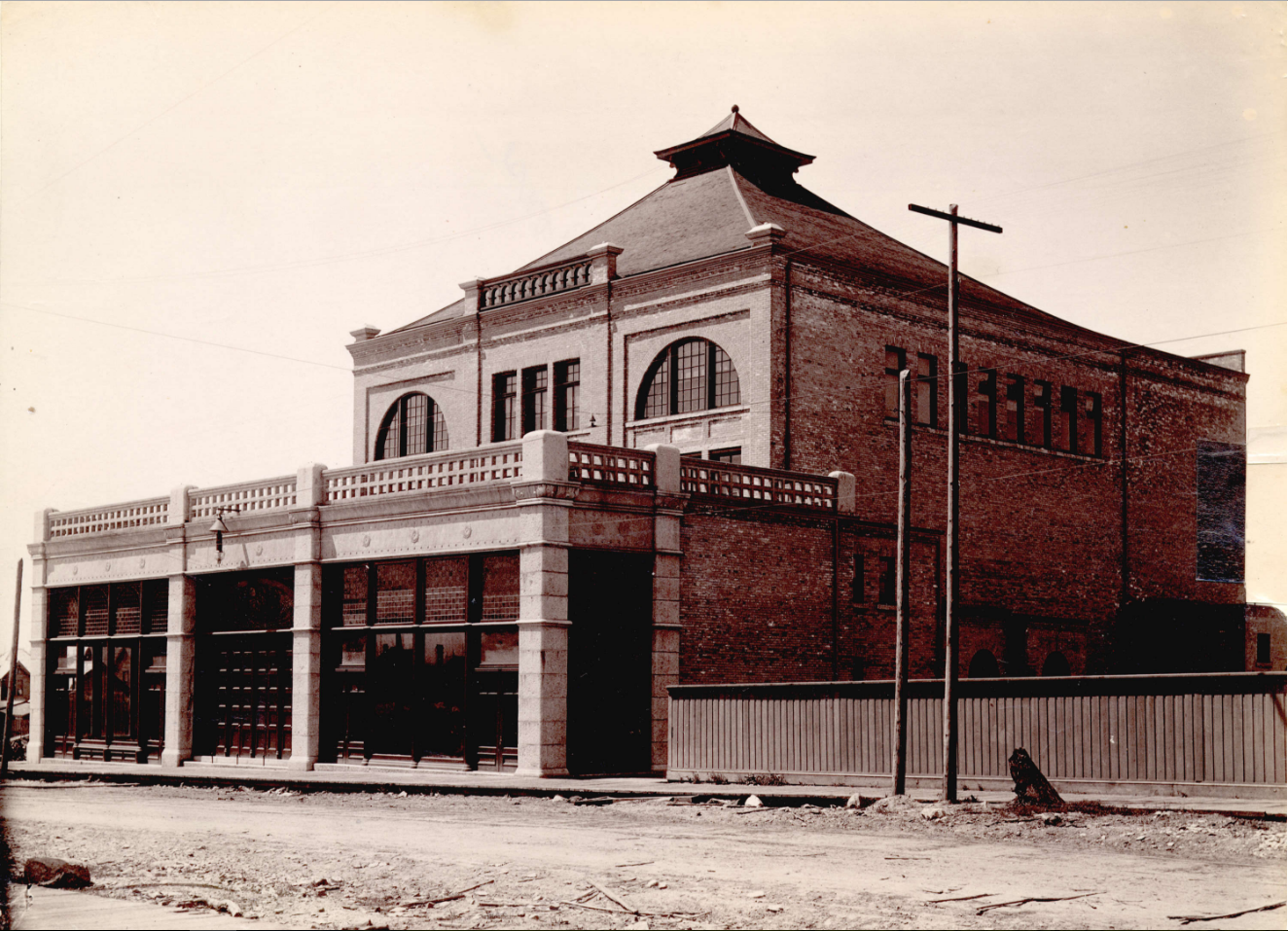In January 1943, fifteen-year-old Molly Justice, took the 5:50 pm bus from her job in Victoria, BC to her home near Swan Lake. Because war-time dim-out regulations were in force, there was no lighting along the streets, and that may be why Molly decided to take the short cut home along the unlit tracks by Swan Lake, shaving off almost half-a-kilometre from her walk.
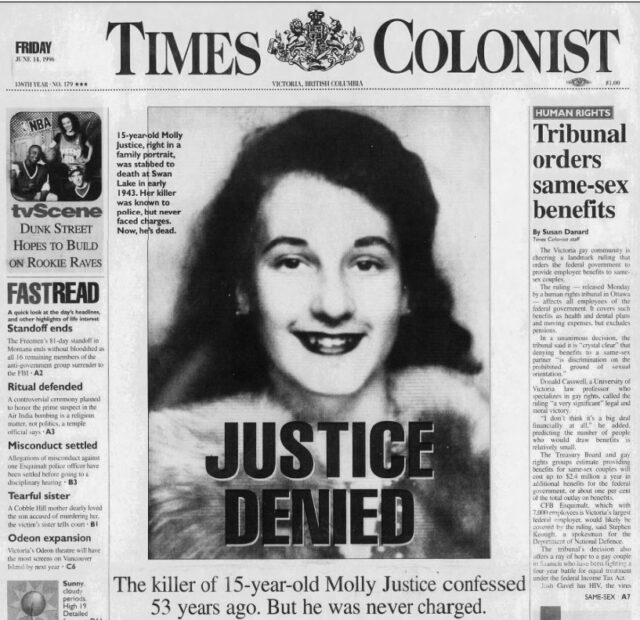
Her body was found a few hours later lying face down in the snow. She had been stabbed more than 20 times and hit on the head with a rock.
What followed was one of the most seriously botched police investigations of the century.
An innocent man was put on trial, a teenage rapist was ignored, evidence was lost, and rumours of a conspiracy that reached right up to the Attorney General’s office wouldn’t be investigated until more than 50 years after the murder.
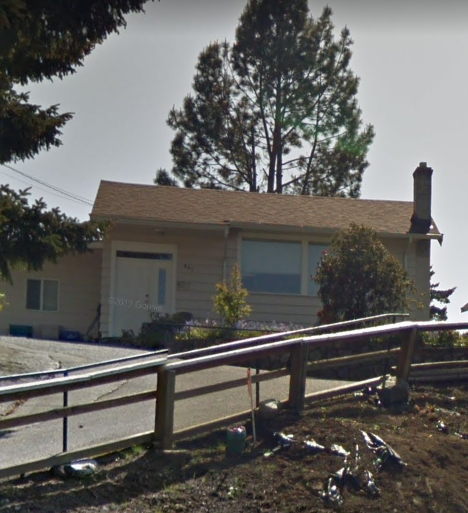
Ironically, the new headquarters for the Saanich Police Department was built right next door to Molly’s crime scene in the 1960s. It serves as a reminder that this unsolved murder remains officially open, partially solved and most likely, permanently sealed.

- Copies of my new book, Beneath Dark Waters: The Legacy of the Empress of Ireland Shipwreck, are available through my publisher Arsenal Pulp Press, or from any independent bookstore across Canada
Show Notes:
Sponsor: Erin Hakin Jewellery
Music: Andreas Schuld ‘Waiting for You’
Intro: Mark Dunn
Interview: Constable Graham Walker, Saanich Police Department; T.W. Paterson, historian and author.
Sources:
Vital Statistics
Coroner’s Inquest for Molly Justice, BC Archives
The personal files of Inspector John F.C.B. Vance.
Newspapers: Daily Colonist, Province, Vancouver Sun
Related:
